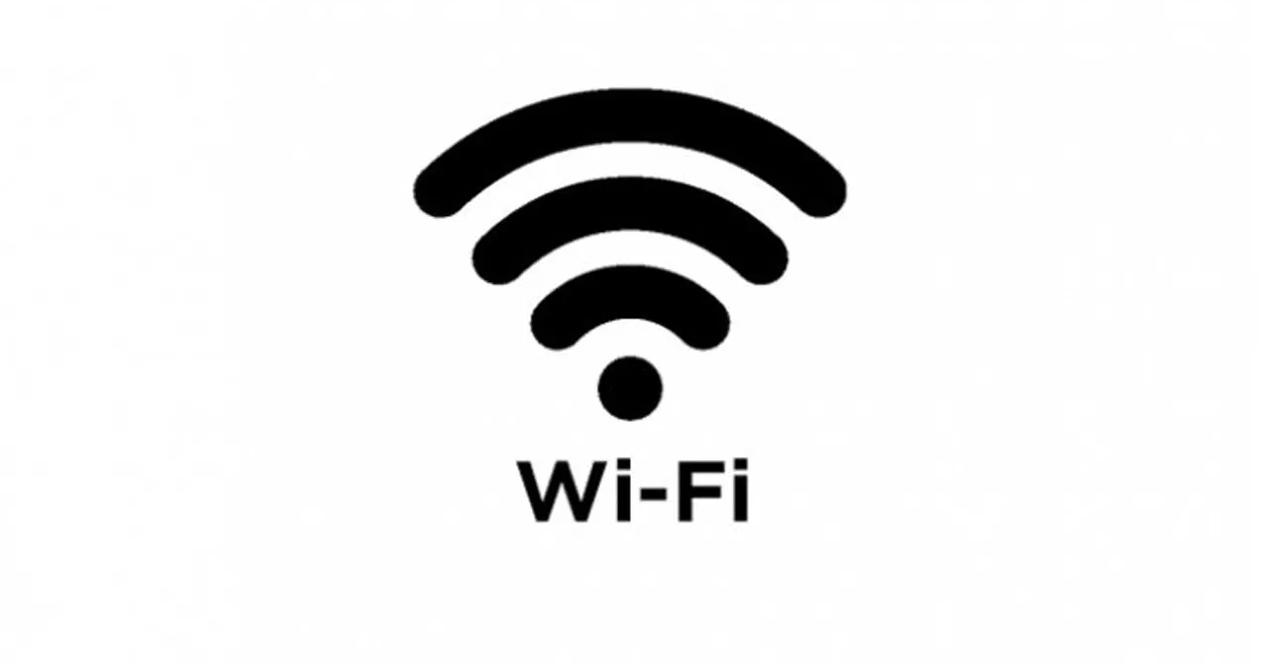Use a computer that is connected to the router by Ethernet cable (preferred) so that you can access the router’s set up details. This is done in a home network by typing 192.168.x.y into a browser’s Address bar.
Wifi Unlocker Free Download
The values of x and y depend upon the makeof router. If you don’t know the values, open a Run window (Windows Logo key+R), type cmd /k ipconfig (note the two spaces), press Enter, make a note of the Default Gateway address and type it into the browser’s Address bar. When asked for the User Name andPassword, type the default values, which are often admin and admin.


If they are not known, look in the router’s user manual.2. To set up wireless access, look for a section named wireless or similar wording and find an SSID (Network Name) and a Wireless Key.3. The SSID and key are needed for any wireless computer to connect to a router. The software varies, but generally it involves right-clicking the wireless network adapter’s icon in the Notification Area (bottom right of screen) and following the promptsto create the connection.4. Your router may have a section that allows you to backup and restore its configuration details. If so, make a backup to enable you to easily restore the set up in the event of having to reset the router to factory settings.
Programas Para Pc Free
If you ever try to look at the buttons given on a WiFi router, you will find a button named WPS. This button has a very good purpose. Whenever this button is pressed, a user can connect to that WiFi without entering the password. Basically, the WPS buttons turn off the password requirement of a WiFi router for a while. WPS buttons are present on almost all the WiFi routers.
This button is there to only ease up the connectivity to your internet connection. If you don’t like entering the password of your WiFi, you can simply press this button on the router and connect without a password. Now what happens is, there are some routers that have a vulnerability allowing users to bypass the WPS without pressing the button. This means, if you have applications or a program that can bypass WPS, you will not have to press the WPS button. You will simply launch the WPS Unlocker or WPS Bypass application and scan for the WiFi connections which can be easily bypassed. WiFi WPS Unlocker for Android is one such application.
This application checks internet connections for the WPS loophole and then connects without a password or anything else. Such applications are used to connect to the routers without the owner’s permission. It’s not a good idea to use this kind of applications, but if you are used to this stuff, you can install it and use it without any hiccups.WiFi WPS Unlocker works on computers as well. On your desktop PC or Laptop, you can run this application on an Android emulator. The Android emulator will make your laptop connect to an internet connection through this application.
Wifi Wps Unlocker For Windows
You can follow this guide to install WiFi WPS Unlocker on your computer. How to Download and Install WiFi WPS Unlocker for PC. If you are using Windows, download and install. If you are using Mac, download and install. Setup your installed emulator according to the instructions explained in the guides.
Now open BlueStacks or BlueStacks 3. Mac users: For BlueStacks, click on the Search icon and type the name as “WiFi WPS Unlocker “ and then click on the Search using Google Play. Upon finding the game in Play Store, install it. Windows users: For BlueStacks 3, click on My Apps System Apps Google Play Store. In the Google Play Store’s search bar, type “WiFi WPS Unlocker” and search. As soon as the game appears, install it.
After the installation comes to an end, the game will appear in My Apps tab of BlueStacks 3 and All Apps tab of BlueStacks. You can now launch the game and follow the instructions given on the screen to play it.That’s all.How to install WiFi WPS Unlocker for PC using APK. Download and save WiFi WPS Unlocker APK on your PC. If you are using Windows, download and install.
If you are using Mac, download and install. Setup your installed emulator according to the instructions explained in the guides. Now open BlueStacks or BlueStacks 3.
On Windows, double-click on downloaded WiFi WPS Unlocker APK icon. Select Bluestacks 3 as a preferred app to open it (if it’s not already selected). It will be installed automatically and you will receive notification when done.
You attempt to use secretKey to init spec, before secretKey is even defined. How are people using this code example? If I declare secretKey before the KeySpec declaration – that won’t work because secretKey declaration requires tmp which needs spec and spec can’t be defined until secret key exists.Quoted code snippet (from encrypt):SecretKeyFactory factory = SecretKeyFactory.getInstance(“PBKDF2WithHmacSHA256”);KeySpec spec = new PBEKeySpec(secretKey.toCharArray, salt.getBytes, 65536, 256);SecretKey tmp = factory.generateSecret(spec);SecretKeySpec secretKey = new SecretKeySpec(tmp.getEncoded, “AES”). Hi Lokesh,I have used your example to do AES encrypt/decrypt. I tried rearranging the order of declarations, but they all depend on something else in a way such that it is impossible to use as written. Password decrypt program.
Open Bluestacks 3 and click on WiFi WPS Unlocker icon. It’s now available for use. On Mac, install Dropbox on Bluestacks using Play Store. Open same Dropbox account on your browser or Mac and upload WiFi WPS Unlocker APK there. Now open Bluestacks, download APK onto emulator and install it using Android’s APK installer.
Once done, you will find in the app drawer. That’s it! Now you can use WiFi WPS Unlocker on Windows as well as Mac.